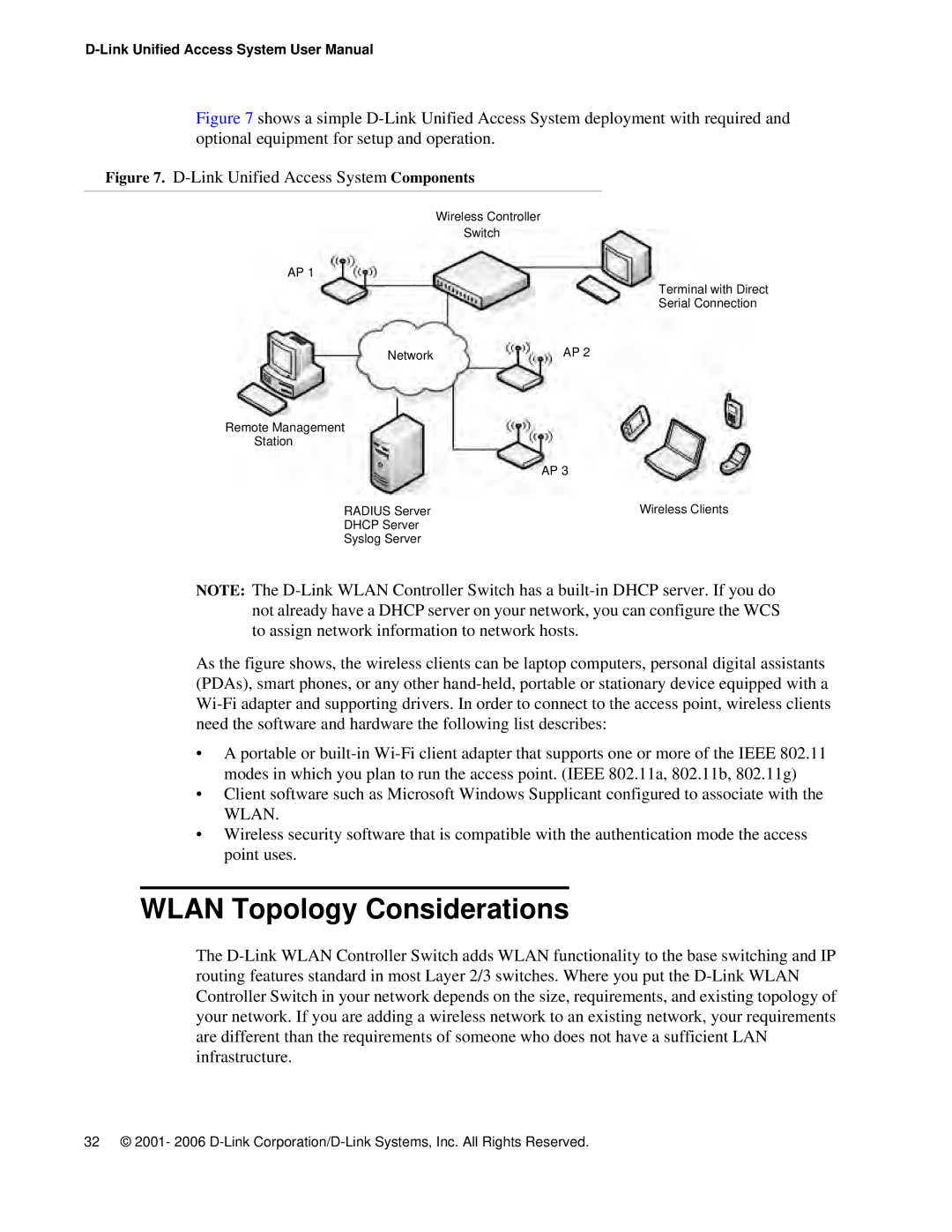
Figure 7 shows a simple D-Link Unified Access System deployment with required and optional equipment for setup and operation.
Figure 7. D-Link Unified Access System Components
Wireless Controller
Switch
AP 1
| Terminal with Direct |
| Serial Connection |
Network | AP 2 |
Remote Management |
|
Station |
|
| AP 3 |
RADIUS Server | Wireless Clients |
DHCP Server |
|
Syslog Server |
|
NOTE: The
As the figure shows, the wireless clients can be laptop computers, personal digital assistants (PDAs), smart phones, or any other
•A portable or
•Client software such as Microsoft Windows Supplicant configured to associate with the WLAN.
•Wireless security software that is compatible with the authentication mode the access point uses.
WLAN Topology Considerations
The
32 © 2001- 2006
